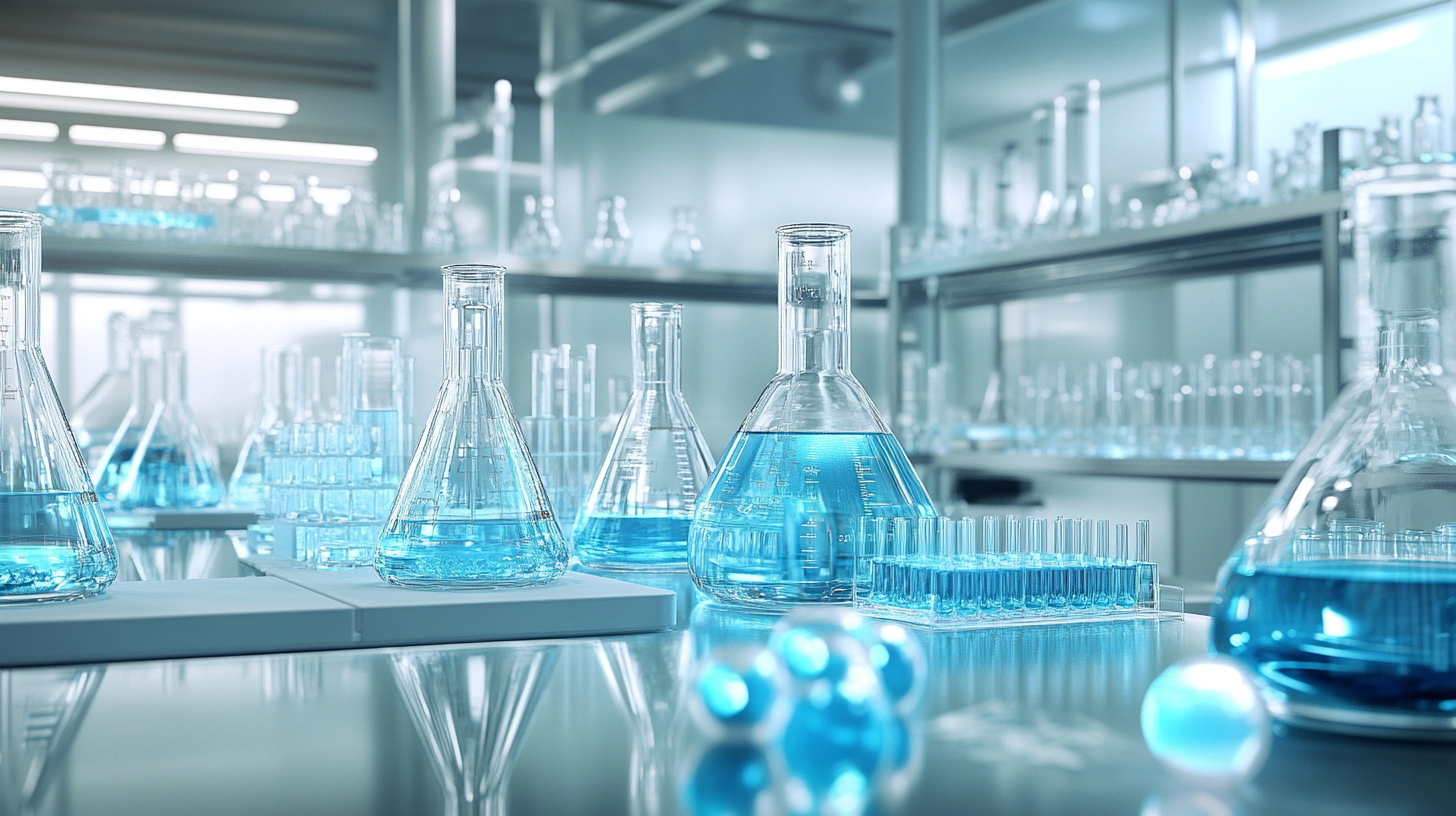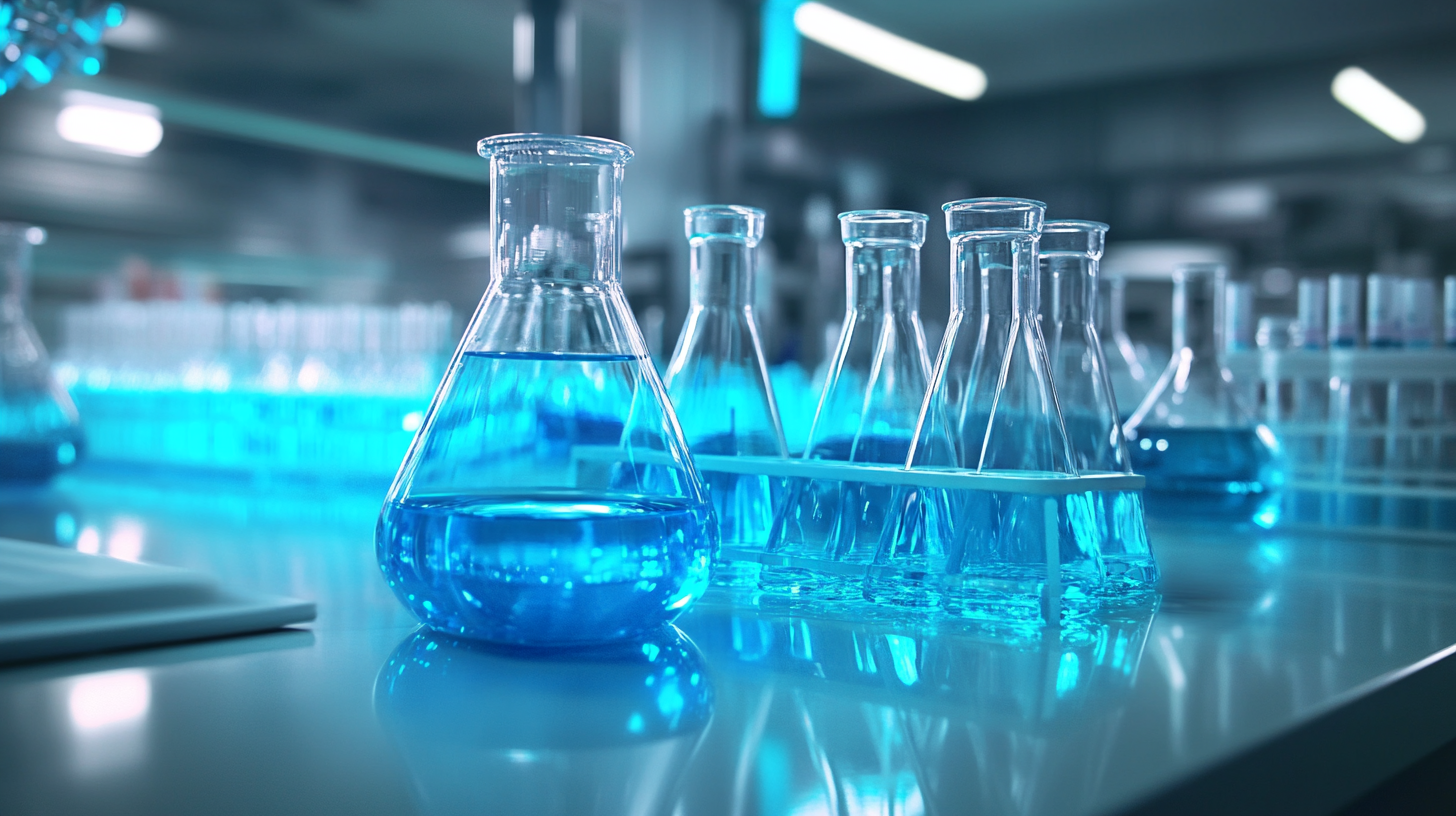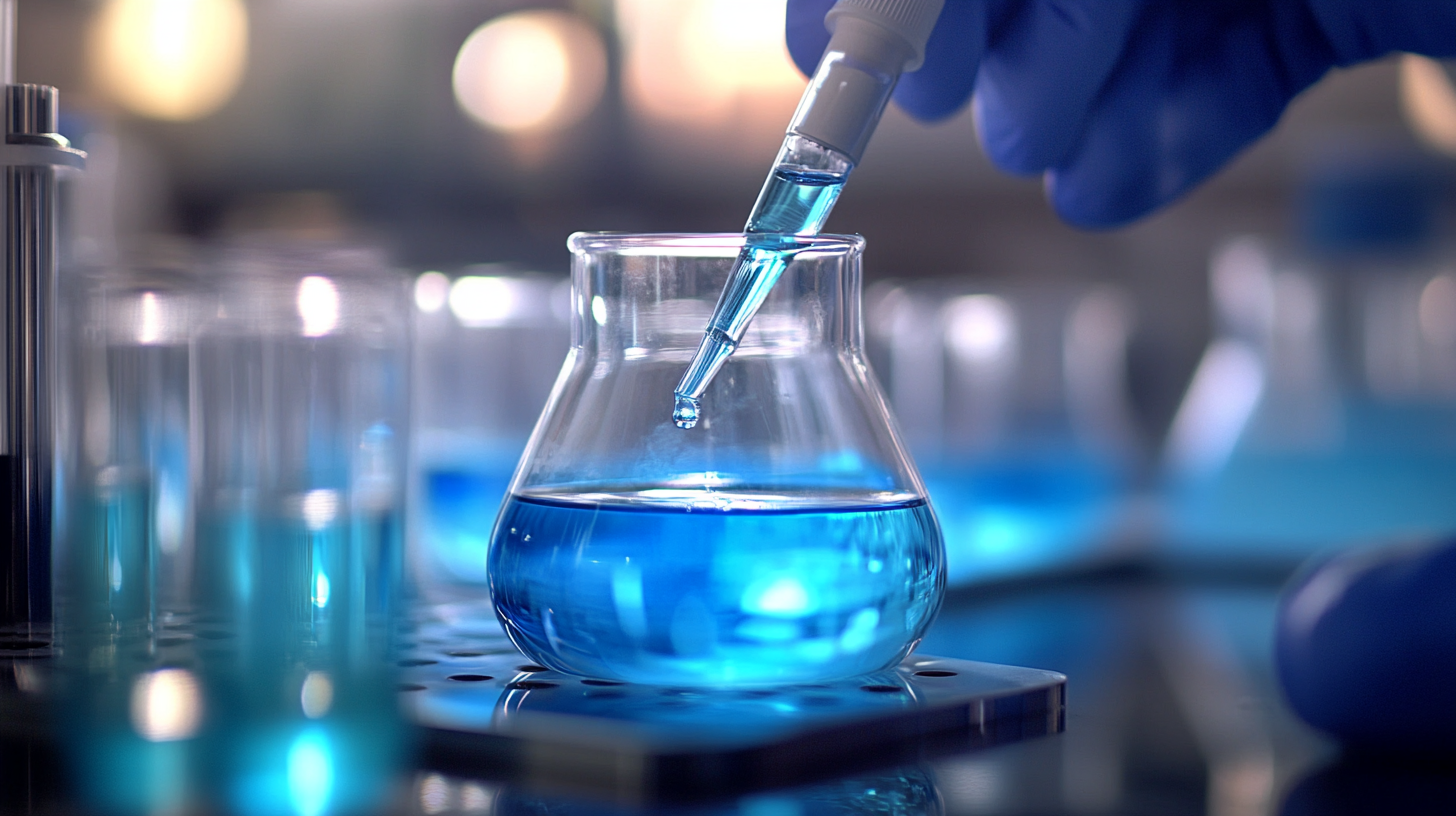

Essential Checklist for Sourcing the Best Scientific Laboratory Products Globally
In today's rapidly evolving scientific landscape, sourcing the best Scientific Laboratory Products is essential for maintaining high standards of research and innovation. According to a report by Freedonia Group, the global market for laboratory products is projected to reach $45 billion by 2026, reflecting a compound annual growth rate (CAGR) of 4.5% from 2021. This growth underscores the increasing importance of not only selecting high-quality equipment and materials but also ensuring compliance with stringent industry standards. With the integration of advanced technologies and a growing emphasis on sustainability, laboratories face both challenges and opportunities in their procurement processes. This essential checklist identifies key factors and criteria to consider when sourcing laboratory products globally, empowering researchers and institutions to optimize their operations and achieve reliable results in their scientific endeavors.

The Importance of After-Sales Service in Laboratory Product Sourcing
The Importance of After-Sales Service in Laboratory Product Sourcing
When sourcing scientific laboratory products, after-sales service is often overlooked. However, a report from the Laboratory Products Association indicates that 75% of customers deem after-sales support crucial for their purchasing decisions. This highlights the importance of selecting suppliers who not only deliver quality products but also offer robust after-sales services. Effective after-sales support ensures that any issues with products can be resolved promptly, thereby reducing downtime and maintaining productivity in laboratory settings.
**Tip:** Always inquire about the after-sales support when evaluating suppliers. Look for those who provide comprehensive training, readily available technical support, and efficient return and warranty policies.
Additionally, a survey conducted by Biocompare revealed that laboratories with strong after-sales support experience a 60% increase in overall satisfaction compared to those without. Support services such as regular maintenance checks, user training, and replacement guarantees can significantly extend the lifespan of laboratory equipment and enhance operational efficiency.
**Tip:** Consider establishing a long-term relationship with suppliers who are committed to customer service excellence. This can lead to ongoing benefits including preferential pricing and priority service during times of need.
Key Factors Affecting Repair Costs for Scientific Equipment
 When considering the repair costs for scientific equipment, several key factors come into play. First and foremost, the complexity of the equipment itself significantly influences repair expenses. High-end laboratory instruments often utilize advanced technology, which can require specialized knowledge and training for repairs. Consequently, hiring skilled technicians or sending equipment back to the manufacturer can drive costs up. Laboratories must also take into account the availability of replacement parts; if components are hard to procure or discontinued, this can lead to extended downtime and increased costs.
When considering the repair costs for scientific equipment, several key factors come into play. First and foremost, the complexity of the equipment itself significantly influences repair expenses. High-end laboratory instruments often utilize advanced technology, which can require specialized knowledge and training for repairs. Consequently, hiring skilled technicians or sending equipment back to the manufacturer can drive costs up. Laboratories must also take into account the availability of replacement parts; if components are hard to procure or discontinued, this can lead to extended downtime and increased costs.
Additionally, the frequency of equipment usage plays a vital role in repair costs. Equipment that is used more regularly may experience wear and tear more quickly, necessitating more frequent maintenance and repairs. Preventive maintenance programs can help alleviate some of these costs, ensuring that minor issues are addressed before they escalate into significant problems. Lastly, the environment where the equipment is used—such as exposure to harsh chemicals, extreme temperatures, or high humidity—can affect its longevity and repair needs. By being mindful of these factors, laboratories can strategically manage repair costs while maintaining the efficiency and reliability of their scientific equipment.
Examples of High-Quality Laboratory Products with Excellent Support
In the ever-evolving landscape of laboratory products, the demand for high-quality items is paramount. Examples include state-of-the-art lab equipment that not only enhances research accuracy but also ensures safety and reliability. Crucial to sourcing the best products is a robust support system that accompanies them. Reliable vendors often provide exceptional customer service, technical support, training, and warranties, enabling laboratories to operate efficiently and confidently.
Moreover, as industries like cosmetics are experiencing rapid growth, there is a rising trend for scientifically-backed ingredients in beauty products. Innovative raw materials play a vital role, particularly in the competitive sector of skin-whitening products. Brands that prioritize research and development are gaining a foothold, appealing to consumers seeking effective and safe formulations.
This synergy of quality products and excellent support ultimately shapes the future of scientific laboratories and related industries, fostering an environment of continuous innovation and consumer satisfaction.
Comparative Analysis of After-Sales Support Across Top Brands
When sourcing laboratory products globally, one critical aspect that organizations often overlook is the level of after-sales support provided by various brands. This can significantly impact long-term operational efficiency, especially when dealing with complex scientific equipment that requires continual maintenance and technical assistance. A comparative analysis of after-sales services reveals a wide disparity among top manufacturers, with some offering extensive support networks, including dedicated customer service lines, online troubleshooting resources, and proactive maintenance programs.
Furthermore, as many organizations increasingly integrate advanced technologies like artificial intelligence into their operations, the role of after-sales support becomes even more crucial. Brands providing superior after-sales services are better equipped to assist clients in leveraging new technologies effectively, ensuring that laboratory operations remain seamless and uninterrupted. As businesses evaluate lab products against their specific needs, weighing the strength and accessibility of after-sales support should be a key consideration in their decision-making processes.
Strategies to Minimize Maintenance Costs for Laboratory Equipment
In the competitive landscape of laboratory operations, minimizing maintenance costs for laboratory equipment is crucial for maximizing efficiency and productivity. According to a report by the International Society for Laboratory Medicine, maintenance costs can account for up to 40% of the total operational expenses in laboratories. Implementing a proactive maintenance strategy is essential to extend the lifespan of equipment and prevent costly breakdowns.

One effective approach is to adopt a predictive maintenance model, utilizing advanced analytics and monitoring technologies. A study published by the Journal of Laboratory Automation highlights that laboratories employing predictive maintenance saw a 20% reduction in downtime and a 15% decrease in repair costs. By leveraging IoT devices and real-time data, laboratories can identify potential issues before they escalate, allowing for timely interventions that save both time and resources.
Additionally, investing in high-quality laboratory products can yield significant long-term savings. A report from the Laboratory Instrumentation Association states that while premium equipment may require a higher initial investment, the overall lifecycle costs are reduced by an average of 25% due to decreased maintenance needs and improved reliability. By prioritizing quality in sourcing laboratory products, scientific organizations can ensure optimal performance while keeping maintenance expenses under control.





